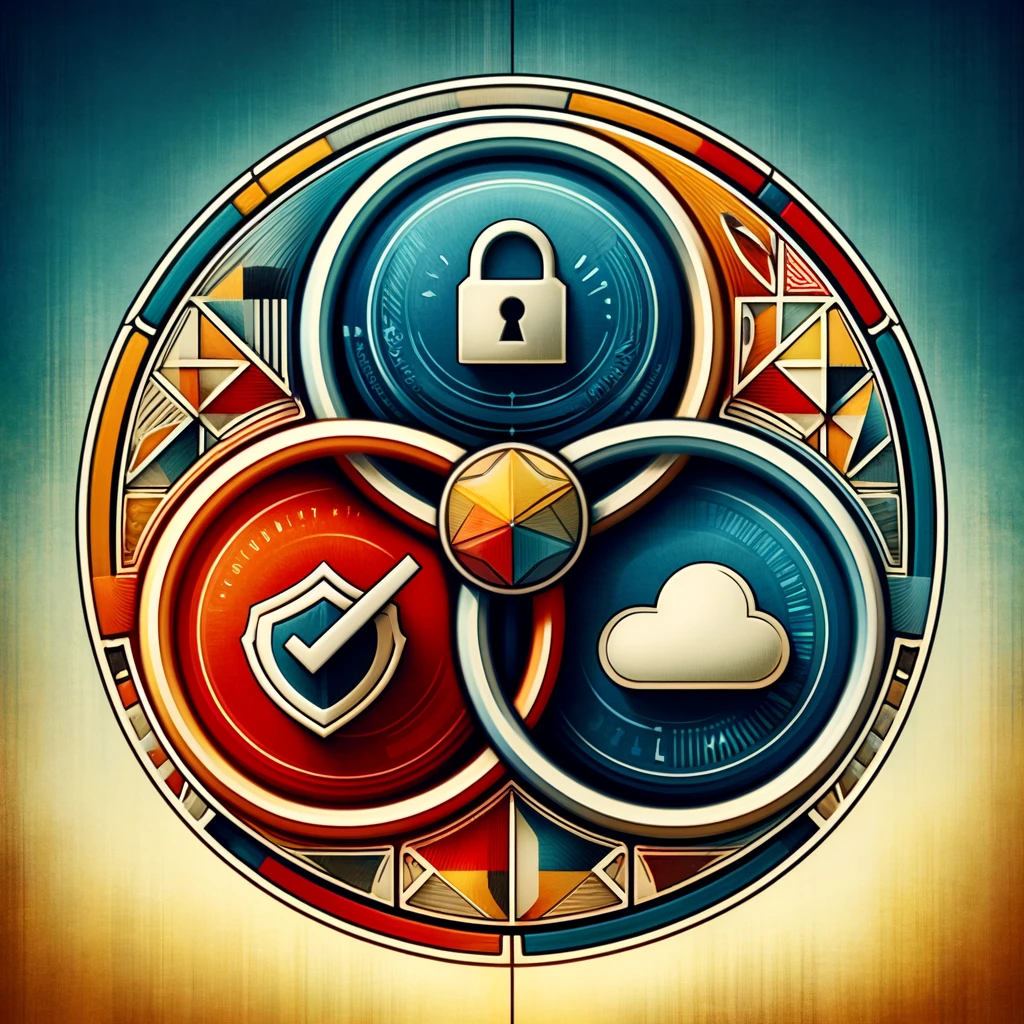Imagine walking into your favorite coffee shop. You order your drink, connect to their public Wi-Fi, and start browsing. Meanwhile, someone sitting a few tables away is quietly intercepting your data, gaining access to your private information. This real-life scenario happens more often than we realize, and it’s a chilling reminder of why understanding cybersecurity basics isn’t just for professionals—it’s for everyone.
Welcome back to the Cyber Analyst Academy Blog! If you’re here, you’ve taken the first step toward exploring a dynamic and essential field. In this post, we’ll dive deeper into the essentials of cybersecurity, helping you build your foundation as a defender of the digital world. By the end, you’ll feel empowered to take action, whether it’s protecting yourself, your loved ones, or your organization from cyber threats.
A Real-Life Hacking Story: The Stuxnet Worm
In 2010, the world witnessed a cyberattack that sounded like science fiction: Stuxnet. This sophisticated worm was not designed to steal money, emails, or personal data. Its target? Iran’s nuclear facilities.
Stuxnet silently infiltrated industrial control systems, particularly those running on Siemens software. Once inside, it manipulated the centrifuges used to enrich uranium, causing them to spin out of control and destroy themselves—all while reporting normal operations to monitoring systems.
The worm was so advanced that it is widely believed to have been developed by state-sponsored actors. Its discovery revealed a chilling reality: malware could transcend the digital realm and cause physical destruction. Stuxnet’s impact resonated globally, setting new benchmarks for cyberwarfare and raising questions about the ethical boundaries of cybersecurity.
Core Cybersecurity Concepts You Must Know
If you’re ready to become a defender, start with these essential cybersecurity principles:
1. The CIA Triad
The CIA triad—Confidentiality, Integrity, and Availability—is the cornerstone of cybersecurity. It ensures:
- Confidentiality: Information is accessible only to those authorized to see it.
- Integrity: Data remains accurate and unaltered.
- Availability: Systems and data are accessible when needed.
2. Attack Vectors
Understand the common ways attackers breach systems:
- Phishing: Tricking users into sharing sensitive information.
- Malware: Malicious software designed to damage or gain unauthorized access.
- Man-in-the-Middle Attacks (MITM): Intercepting communications between two parties.
3. Defense in Depth
This strategy involves layering multiple security measures to protect systems and data. Think of it as building multiple walls around your castle—if one fails, others are there to protect you.
Practical Steps to Get Started
1. Start with Secure Passwords
- Use unique, complex passwords for every account.
- Consider using a password manager to keep them organized.
2. Enable Multi-Factor Authentication (MFA)
MFA adds an extra layer of security by requiring a second form of verification, like a code sent to your phone.
3. Educate Yourself and Others
- Learn to spot phishing emails: Check the sender’s address and avoid clicking on suspicious links.
- Share your knowledge with friends, family, and colleagues.
4. Keep Software Updated
Outdated software often has vulnerabilities that attackers exploit. Enable automatic updates whenever possible.
5. Use a Virtual Private Network (VPN)
A VPN encrypts your internet connection, making it harder for attackers to intercept your data.
Tools to Explore
1. Kali Linux: A platform for learning penetration testing
Kali Linux is a specialized operating system designed for security professionals and ethical hackers. It comes preloaded with numerous tools for penetration testing, network security, and forensic analysis. Beginners can explore:
- Nmap for network scanning.
- Metasploit Framework for exploiting vulnerabilities.
- Burp Suite for web application security testing. Kali Linux has a dedicated community and resources like tutorials, walkthroughs, and pre-configured virtual machines to practice safely in isolated environments.
2. Wireshark: A tool for analyzing network traffic
Wireshark is a free and open-source packet analyzer used to capture and inspect data traveling across a network. It’s invaluable for:
- Understanding protocols (e.g., TCP/IP, HTTP, DNS).
- Diagnosing network issues.
- Identifying malicious traffic or vulnerabilities. For beginners, Wireshark offers hands-on experience with how data flows in real time, and there are numerous guides and exercises to analyze packet captures (PCAP files).
3. TryHackMe: An interactive platform to learn cybersecurity through hands-on challenges
TryHackMe is an excellent platform for cybersecurity enthusiasts of all levels. It offers:
- Guided learning paths: These paths cover topics like penetration testing, web security, and network defense.
- Capture the Flag (CTF) challenges: Fun, gamified scenarios to find hidden flags by solving security-related puzzles.
- Hands-on labs: Real-world simulations to practice offensive and defensive security techniques in a controlled environment. Its beginner-friendly approach includes step-by-step instructions, making complex topics accessible to learners with no prior experience.
4. Have I Been Pwned: A website to check if your email or password has been part of a data breach
“Have I Been Pwned” is a simple yet powerful tool that checks if your personal data (e.g., email or password) has been compromised in known data breaches. Features include:
- Email breach search: Enter your email address to see a list of breaches where it was exposed.
- Password checks: Verify if a password has been leaked in public databases without exposing it. This tool helps raise awareness about the importance of strong, unique passwords and the dangers of reusing credentials across platforms.
Join the Movement
Cybersecurity is more than a skill—it’s a mindset. It’s about thinking critically, staying curious, and never underestimating the ingenuity of attackers. As you begin this journey, remember that every step you take strengthens the digital world for everyone.
From securing your personal accounts to investigating advanced cyber threats, you have the power to make a difference. So, are you ready to take the next step? Let’s continue this journey together—one layer of defense at a time!


